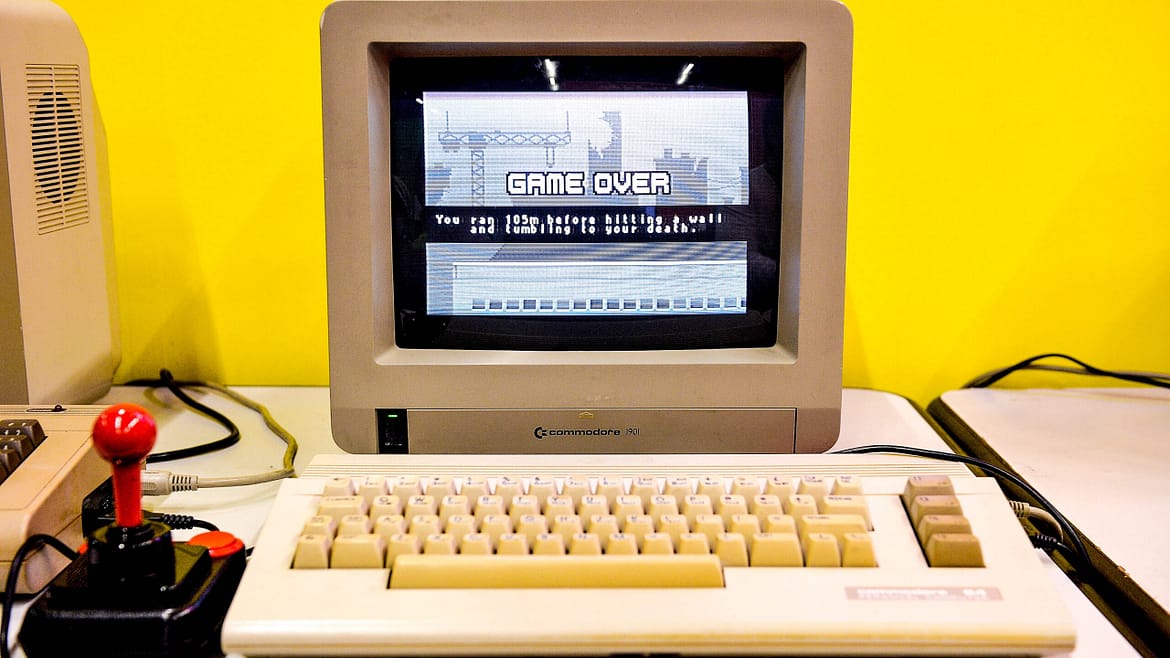sensations
(a poem about hypersensitivity) no darkness consumes the soullike the black of panicflowing through the veinsand stealing every last drop of energyto create a lightning bolt of passionate self-loathingto suck the lifefrom not just this momentbut each instant to comeas an electrical storm within the spiritfocused on the lightning rod… Read More »sensations





